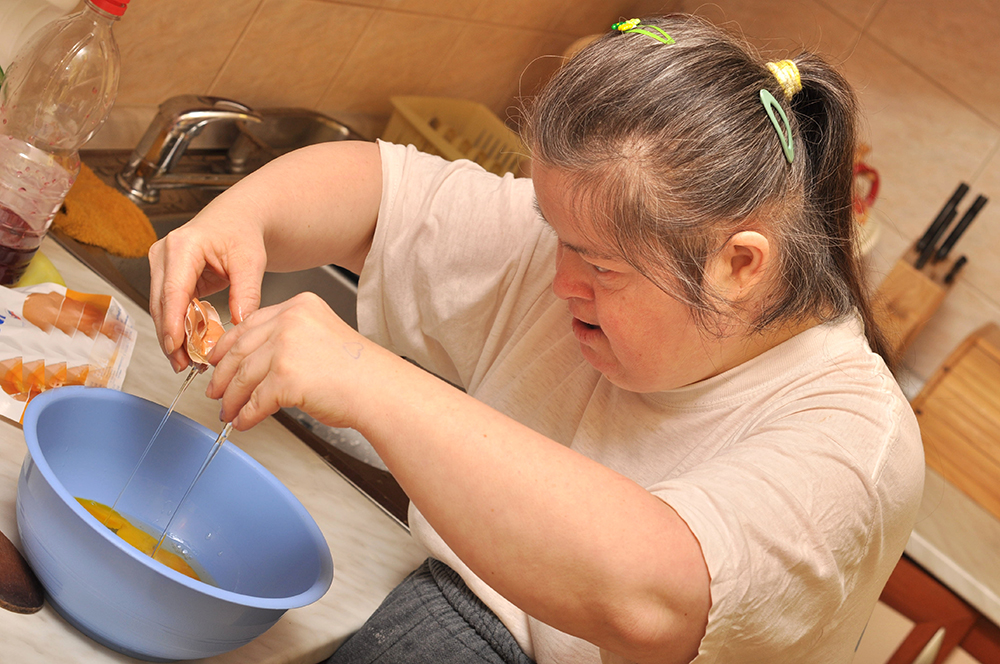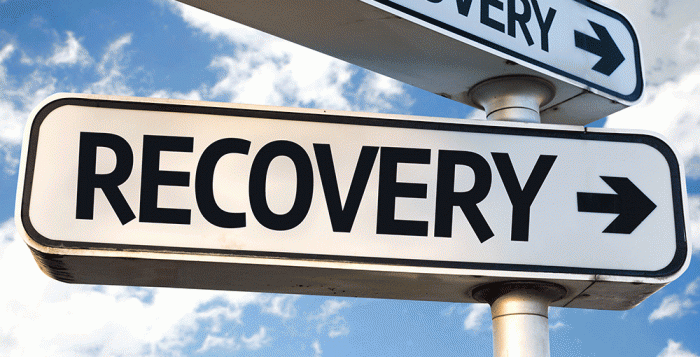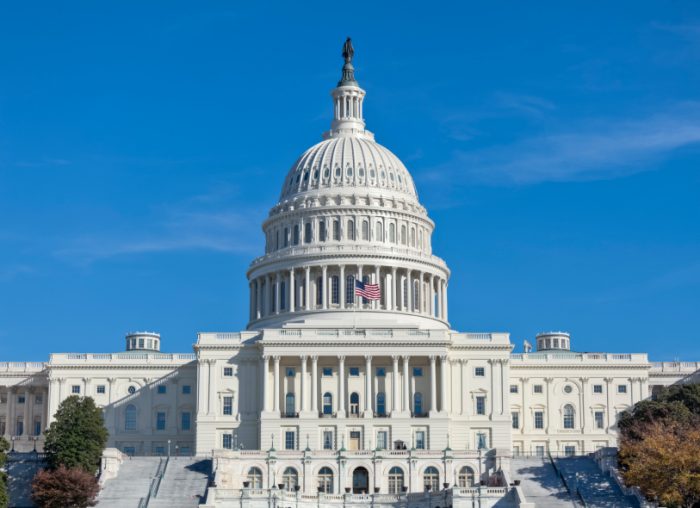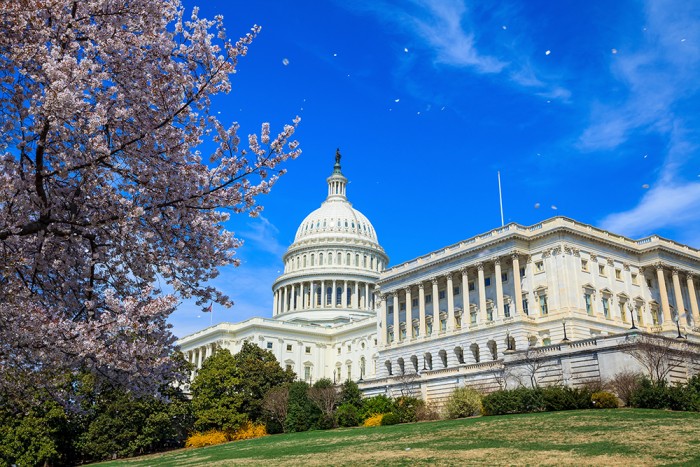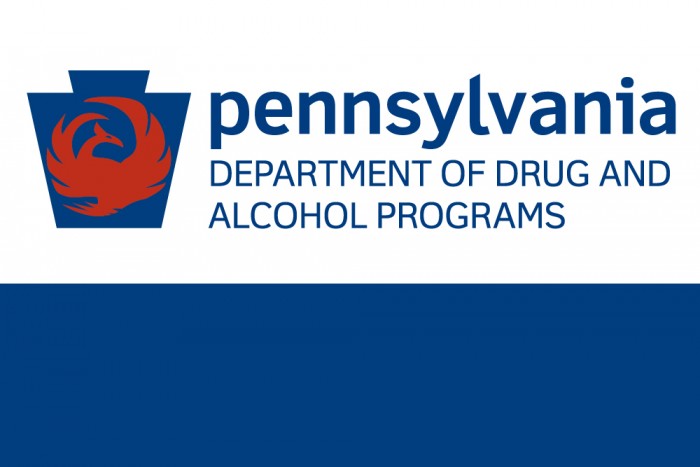By Jason Snyder, Director, Substance Use Disorder Treatment Services, BH Division, RCPA
In September 2023, the Substance Abuse and Mental Health Services Administration (SAMHSA) released a report, “Recovery from Substance Use and Mental Health Problems Among Adults in the United States.”
Although the definition and concept of recovery from addiction have been morphing for some time, the self-reported data contained in the report, coupled with SAMHSA’s definition of recovery, lays out starkly that what is considered recovery today is far different from what it has been considered historically. In some ways, it begs the question, then, “What is the purpose of addiction treatment?” What are the implications for addiction treatment providers, who for decades have operated with a mission of helping their patients stop their use of drugs and alcohol?
Using data from the 2021 National Survey on Drug Use and Health (NSDUH), SAMHSA’s report shows that 70 million adults aged 18 or older perceived that they ever had a substance use or mental health problem. For substance use specifically, of the 29 million adults who perceived that they ever had a substance use problem, 72 percent (or 20.9 million) considered themselves to be in recovery or to have recovered from their drug or alcohol use problem (see SAMHSA’s press release).
Of the 72 percent who considered themselves to be in recovery or to have recovered from their drug or alcohol use problem:
- 65 percent reported using alcohol in the past year;
- 68 percent reported using marijuana in the past year;
- 60 percent reported using cocaine in the past year; and
- 61 percent reported using hallucinogens in the past year.
Curiously, it doesn’t appear that respondents were asked whether they used illicit opioids in the past year.
To the traditional addiction treatment provider and many in the recovery community today, recovery and drug and alcohol use can’t co-exist. One possible but unlikely explanation for the SAMHSA-reported data is that all of the respondents who identified as being in recovery but having used drugs or alcohol in the past year is that their recovery began within the last year. This would presume that their definition of recovery includes abstinence. But this is not likely. Consider SAMHSA’s definition of recovery:
“Recovery is a process of change through which individuals improve their health and wellness, live a self-directed life; and strive to reach their full potential.”
No mention of abstinence from drugs and alcohol. What this means is that for millions of people, recovery can and does include moderated use of drugs and alcohol.
In 2004, SAMHSA’s Center for Substance Abuse Treatment said, “Treatment for substance use disorders is designed to help people stop alcohol or drug use and remain sober and drug free. Recovery is a lifelong process.” Twenty years later, it’s a far different message coming from SAMHSA.
As recently as 2019, the Pennsylvania Certification Board defined recovery as highly individualized, requiring abstinence from all mood and mind-altering substances, and may be supported by using medication that is appropriately prescribed and taken.
Talk about evolution and conflict.
Nora Volkow, director of the National Institute on Drug Abuse, said “Healthcare and society must move beyond this dichotomous, moralistic view of drug use and abstinence and the judgmental attitudes and practices that go with it.”
So what does this mean for addiction treatment providers? What, then, is the purpose of addiction treatment? One managed care organization in Pennsylvania recently talked about the purpose of addiction treatment in much the same way as SAMHSA defines recovery, addressing health, home, purpose, and community. This would seem to mean that providers are now expected to address not only addiction but myriad social determinants of health as well. In fact, it is what payers expect providers to do today.
This is a sea change. The addiction treatment system was not built in this way. This is not to say that it is not evolving or cannot evolve along with the definitions of treatment and recovery. But to do so will require much broader systemic change than philosophical and cultural changes within addiction treatment organizations. Regulation and payment structure must also change to reflect the changing expectations and demands placed on providers.








